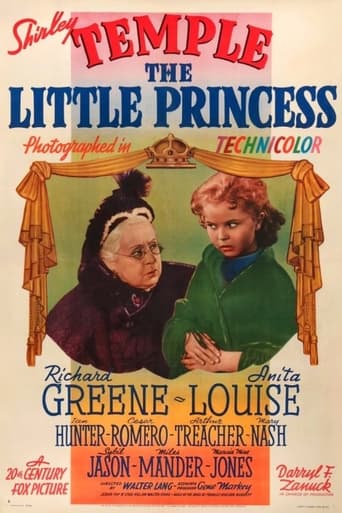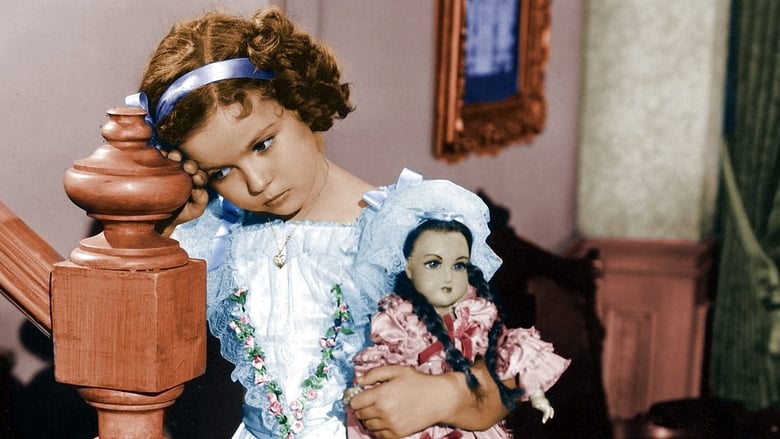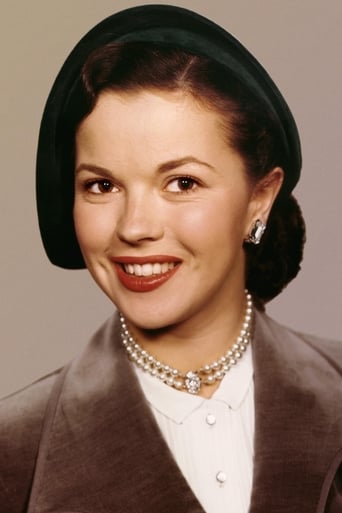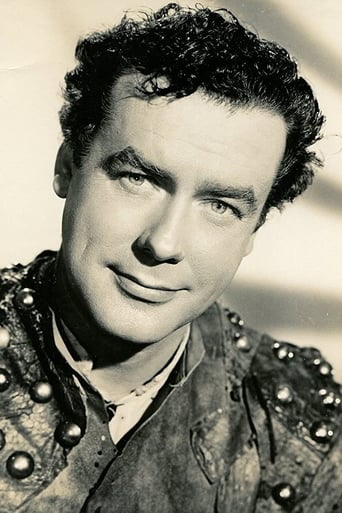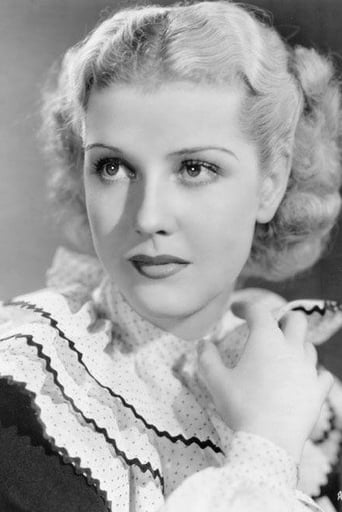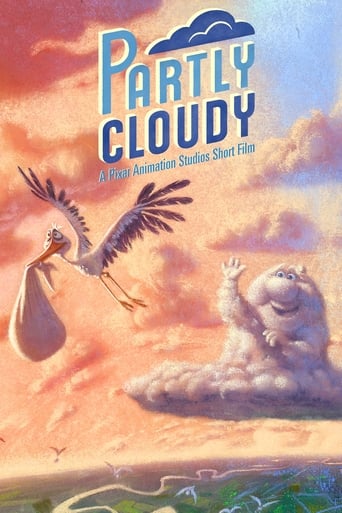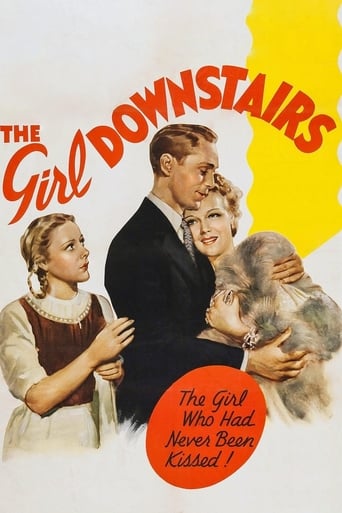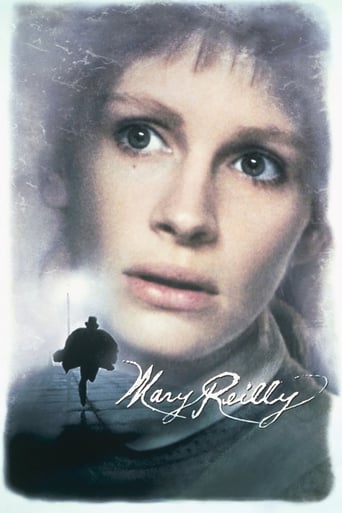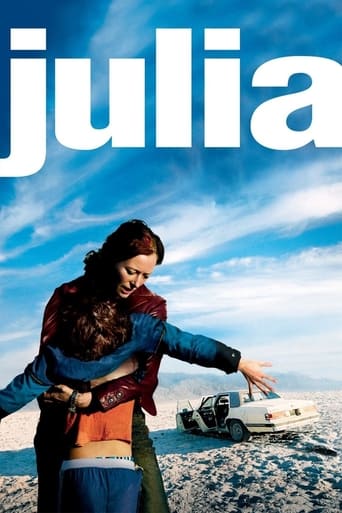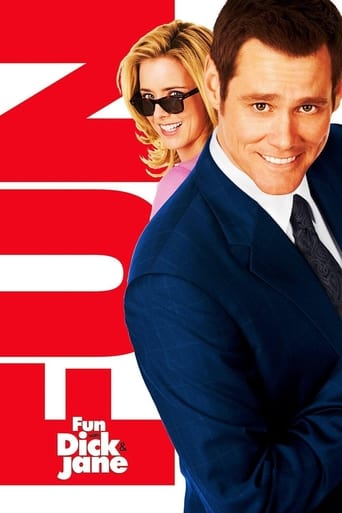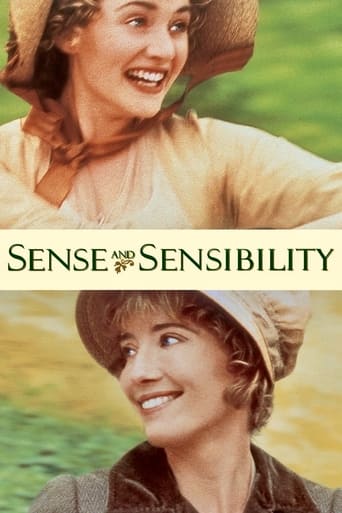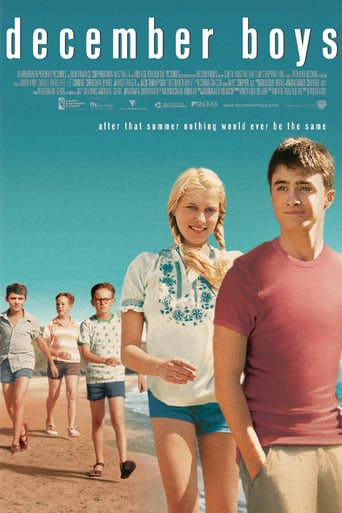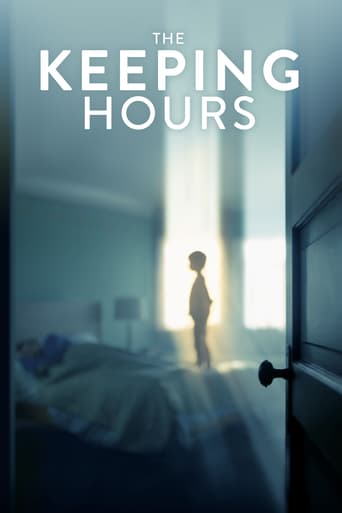The Little Princess (1939)
A little girl goes in search of her father who is reported missing by the military during the Second Boer War.
Watch Trailer
Cast


Similar titles
Reviews
Powerful
Great Film overall
When a movie has you begging for it to end not even half way through it's pure crap. We've all seen this movie and this characters millions of times, nothing new in it. Don't waste your time.
The storyline feels a little thin and moth-eaten in parts but this sequel is plenty of fun.
This probably has to be among the best of Shirley Temple's films, if not one of the best classic films of all time. I am a fan of Shirley's film work, and she gave one heck of a performance in this. It had little dancing in it (of course, what little was done was good), but the focus here seemed to be on her acting performance, which was always wonderful, and improved over time. The whole cast in TLP had a great chemistry, bringing their characters to life, together creating a story with which anyone can identify. The message here is timeless: never give up no matter what life throws your way. And Shirley's character Sara was determined to do just that, trying her hardest to keep a positive outlook amidst bleak circumstances.I honestly can't say how much I've watched this public domain gem, but I never get tired of it. I recommend it for all ages.And one more thing: you may need to have some facial tissue handy.
Based on the 1905 novel 'A Little Princess; being the whole story of Sara Crewe' by Frances Hodgson Burnett. The Little Princess was a pretty good adapted movie. I wouldn't say, it's the best adaption of the novel, because it's far from that. In my opinion, the film should had been title 'The Soldier's Daughter' because how different, it was with the novel. Directed by Walter Lang, the movie is about 12 year old, Sara Crewe (Shirley Temple) whom father, Captain Crewe (Ian Hunter) is called to fight in the Second Boer War. Sara is left behind in the care of Amanda Minchin (Mary Nash), the head of an exclusive private school for girls, where she lives in a princess like lifestyle due to her father's riches. Her life as a princess wasn't long, as Captain Crewe's money dry up, and her father is believe to be dead in the battlefield. Miss Minchin harshly force the young woman to serve under her making her life miserable. This doesn't stop Sara's will power and belief that her father isn't dead; and she do anything to find out if he's still alive. Although it maintained the novel's Victorian London setting, the film introduced several new characters like Richard Greene and Anita Louise as the young romantic couple, Sir Geoffrey Hamilton & Miss Rose. They're employees of the boarding school, whom go against the wishes of Miss Minchin. Then there is mean-spirited Lord Wickham (Miles Mander) who has Ram Dass (Cesar Romero) as an Indian servant under him. It isn't really explained why he has an Indian lascar for a servant, and there is no logical explanation for why he would want to redecorate Sara's garret room. I guess, having an Indian sailor next room seem too unrealistic in Victoria Era England to the filmmakers. Another character added is Hubert (Arthur Treacher) who became friends with Sara over music. One thing, way different than the novel is the musical number. I know a lot of Shirley Temple's previous films had this, but this movie lacks music and songs good enough to remember. Shirley Temple and Arthur Treacher had a musical number together, performing the song "Knocked 'Em in the Old Kent Road which was way too short. Temple also appeared in an extended ballet dream sequence that was a bit distracting from the main plot. The whole dream scene was just awful and felt like filler. Another big change is the storyline. The movie used the Second Boer War and the Siege of Mafeking as a backdrop. In the book, the father was just visiting India and got ill to the point, he got brain fever. It wasn't war. The film covers only a timeline of a year, while the book go nearly four years. One of the biggest change in the film is the ending. The film's ending was drastically different. Without spoiling too much of it; this adaptation changes the fate of Captain Crewe. In my opinion, it's a better ending than the book. Still, it's does kinda mess up the plot of a young adult learning how to deal with death and to better herself through the actions of her own well-being. I just didn't like the whole Queen Victoria cameo helping her find her father. It was just outlandish & unrealistic. I can do without all the over Patriotism oozes out of every scene of the film. The main film is about this girl trying to reunite with her father, not the Boer War. Second off, there is no Mr. Thomas Carrisford character in the film. The acting in the film were pretty alright, but nobody really stood out. Shirley looked a little old for the part, but she pulls it off. At the part when she was by the window crying to say goodbye to her daddy was emotional. It was nice to see her react in a film to things like loss and death in a story. The trouble is, she can't pull off the emotion of making herself cry. In the movie, Shirley portrays a child not only with steadfast hope but patience, manners, politeness and kindness in the face of appalling adversity that you rarely see in film today. Who would believe that a child under that pressure could be so gracious? I love when Shirley as Sarah does snap back against her bullies like taunting from Lavinia (Marcia Mae Jones). I have to say, if the film was little bit more dark, it would had work better. It remind me of a Charles Dicken's novel. The director did good on keeping his camera low down, at a child's eye-level. Also striking is his use of multiple angles which really gives dimension to the sets or highlighting a sudden change in mood. This movie was the first Shirley Temple movie to be filmed completely in Technicolor as before that, producers believe these incredibly bright lights produced so much heat that a child, Temple's age would be hurt working under such conditions. Sadly, this was her last major success as a child star. The film is easy to find since it's in the public domain due to the failure to renew its copyright registration. This means that virtually anyone could duplicate and sell a VHS/DVD copy of the film. Therefore, many of the versions of this film available on the market are either severely or usually badly edited. Some DVDs have really extremely poor quality, having been duped from second- or third-generation or more copies of the film. So watch out for that. There are countless remakes of the novel since then. In my opinion: 1995's A Little Princess directed by Alfonso Cuaron was a bit better one than this, but this Little Princess is widely considered to be one of Shirley Temple's best film and I have to agree. Enjoyable tale for children and adults alike. So check it out.
There were a lot of "franchise" stars in the 1930s – Astaire and Rogers, The Marx Brothers, Mae West – players who had a very specific appeal and would appear as almost identical character in a series of almost identical movies. Shirley Temple was a little different because, as a child star, with each successive movie her roles had to reflect her changing age. The Little Princess was made when Temple was ten, and as such it's a comparatively dark and dramatic story, at least in contrast to her previous appearances.And so, rather than just play the cutesy little girl with amusingly childlike emoting, we now see her reacting to things like loss and death in a story that occasionally borders upon real life, even if it's cutely saccharine in its resolution. The trouble is, now that she's started specifically trying to act, she lost a lot of the naturalism she had as a tot. As usual they put her alongside actors of a mid-level calibre, suited to the prestige and popularity of the movies, but not likely to set the world on fire with great performances. Ian Hunter is good for his small yet crucial role, pitching his performance to the twee simplicity of the story, but with an effective amount of dignity nonetheless. Hunter's rapport with Temple is also very clear, which pays off at the end of the movie. Richard Greene appears wooden at first glance, but here and there something a little more genuine shines through the varnish. Arthur Treacher is good fun as usual, and actually demonstrates in one scene that he could probably have been a good straight actor, had he had the inclination.Director Walter Lang was renowned for his kindness and patience with actors, which no doubt helped generate a convivial atmosphere upon the set. He also has a great eye for shot composition, having been a keen painter in his youth. He keeps his camera low down, at a child's eye-level, which sounds obvious but not all directors remember this for kids' films. Also impressive is his use of multiple angles which really gives dimension to the sets, or can be used to highlight a sudden change in mood without resorting to cheap trickery. In the climactic scene between Temple and Hunter a couple of well-timed angle changes and otherwise long, static takes really bring out deep poignancy in what is a rather predictable moment.Unfortunately for Temple (or more precisely, Fox's ability to profit from her), there have never been many great opportunities for child performers once they hit a certain age. Teenage roles can be played by young adults who have more experience and can work longer hours, and besides, while Temple was the perfect sweet little girl, she was never the gutsy Elizabeth Taylor type. In itself however, The Little Princess is not a bad little movie. The finale is touching in spite of cliché, and it's all delightfully watchable along the way. It is however, probably her last great moment.
The Little Princess finds Shirley Temple put in an exclusive boarding school by her father Ian Hunter who is a soldier and about to be posted to the Boer War. He's also a person of some substance and the schoolmistress Mary Nash is just glad to have her seeing all those pound note signs in front of her eyes. However when Hunter is reported killed at Mafeking, Nash has not a whit of sympathy for her. She takes Shirley out of her really nice room and puts her to living in a small attic room with another girl, Sybil Jason in a similar financial predicament. Why doesn't she just throw her out altogether you may ask? Simply because it wouldn't do the school's reputation any good to throw out the child of a war hero and Nash is all about a respectable image. The woman is a true Grinch.But as it is in Shirley Temple's world, the good grownups way outnumber the bad ones and they include young lovers Richard Greene and Anita Louise, Nash's brother Arthur Treacher who is an old music hall performer though Nash doesn't like that getting out, not respectable you know. Miles Mander who is Greene's crusty, but deep down kindly grandfather and his Indian servant Cesar Romero. And finally she gets help from none other than Queen Victoria herself in the person of Beryl Mercer in setting things right.Treacher was a great deal looser in his performance than he normally is in those butler roles. As for Romero this is the second time he played an Indian in a Shirley Temple picture, the first being Wee Willie Winkie where he also befriends Shirley.But you really got to hand the film to Nash who is such a mean old thing with her exaggerated ideas about propriety and etiquette as long as you can pay for it.The Little Princess holds up very well and is still fine family entertainment for a young audience.

